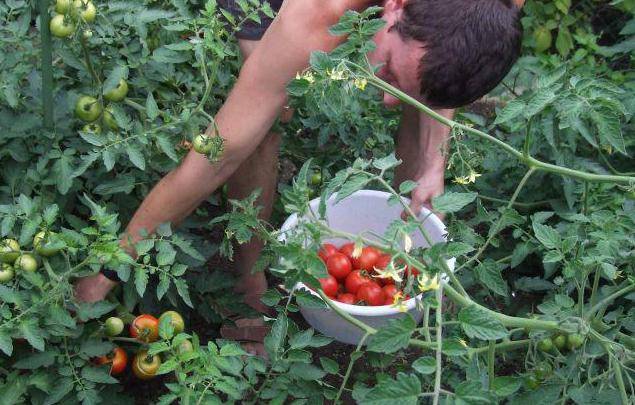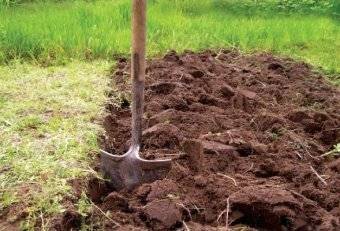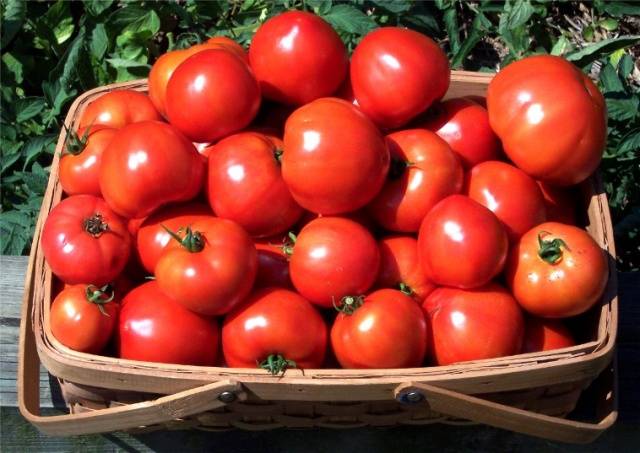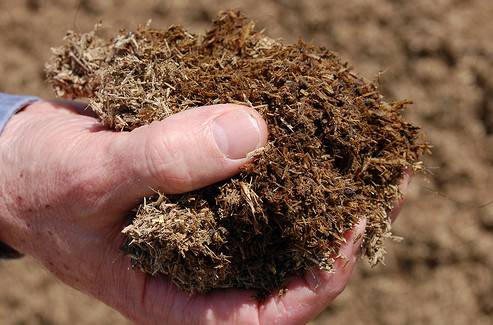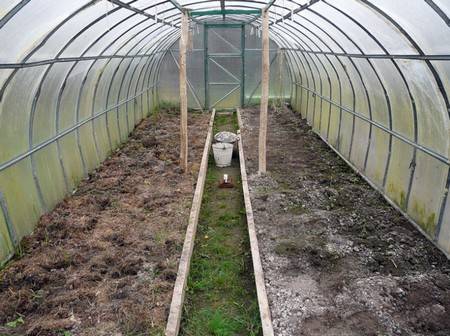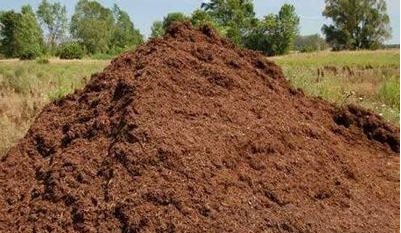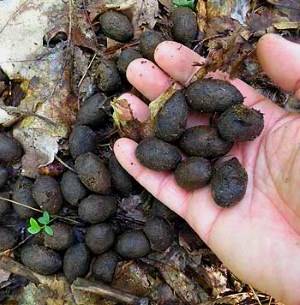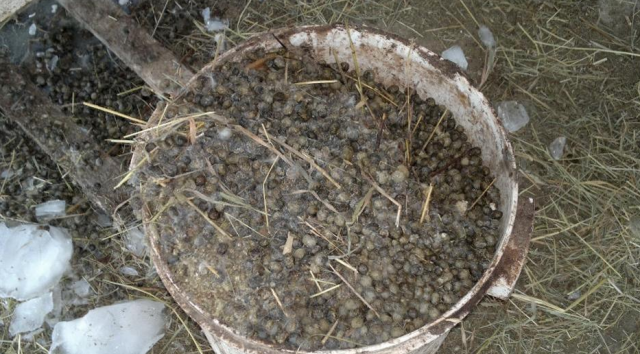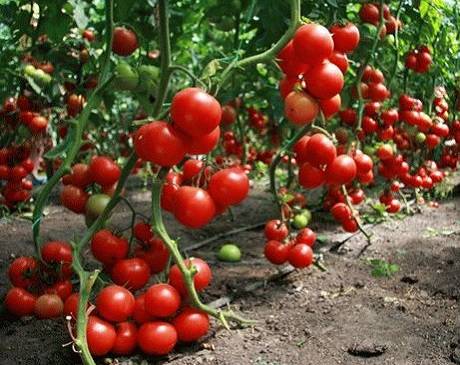Content
Cow dung is an environmentally friendly, natural and quite affordable fertilizer for feeding various crops, including tomatoes. It is used fresh, put in compost. The most commonly used liquid organic fertilizer for tomatoes is mullein infusion. Fertilizing tomatoes with a mullein allows you to accelerate plant growth and increase yields. The mullein contains nitrogen of increased concentration and some other trace elements necessary for plants. You can replace the mullein in the garden with horse or rabbit manure. These animal excrements also contain a rich microelement complex, and their use as fertilizer has a beneficial effect on plants.
Benefits of cow dung
Probably, pig manure is more affordable for the farmer, however, it is significantly inferior in quality to cattle excrement, which contains a balanced amount of all nutrients necessary for plants. So, the composition of fresh cow fertilizer includes potassium (0.59%), nitrogen (0.5%), calcium (0.4%), phosphorus (0.23%), as well as a huge amount of organic matter (20.3 %). In addition to these trace elements, mullein contains magnesium, manganese, boron and other trace elements. This combination of minerals allows you to feed tomatoes without saturating vegetables with nitrates.
The concentration of nutrients largely depends on the age of the cow and its nutrition. For example, adult cattle manure contains 15% more micronutrients.
Types of mullein and how to use it
No one has yet succeeded in growing tomatoes on "lean" soil, but you can add nitrogen and other essential minerals and organics to it with the help of cow dung. The method of use largely depends on the quality of raw materials and the conditions for keeping the livestock.
Fresh manure
Fresh cow dung contains a large amount of ammoniacal nitrogen, which, if it gets on the roots of tomatoes, can burn them. That is why fresh mullein without special preparation is not used immediately before planting tomatoes or for fertilizing them during cultivation. It is used more often to increase the nutritional value of the soil during autumn digging. In this case, the substance will have time to decompose over the winter and will not cause any harm to the tomatoes in the spring, but at the same time it will stimulate the growth of tomatoes and increase the yield of vegetables.
The amount can be changed at the discretion of the farmer, depending on the level of existing fertility.
Litter
In the case where the cow is kept in conditions using bedding, when cleaning the barn, the owner receives a mixture of manure with hay or straw. When rotting, such manure contains a lot of potassium and phosphorus. If the gardener wants to get fertilizer with a high nitrogen content, then it is better to use peat as a bedding.
Litter manure is also used when digging soil in the fall or is laid in compost for reheating.
Litterless
If bedding is not used in the cow shed, the manure will not contain a lot of straw and hay.In its composition, it will be possible to find an increased amount of ammonia nitrogen and a minimum of potassium and phosphorus. Such manure is well suited for preparing mullein infusion.
Rotten manure
A feature of rotted manure is the fact that during storage it loses water, and the harmful, aggressive nitrogen in it decomposes. Overheating of a substance, as a rule, takes place when it is laid in compost.
After composting, humus is used for introduction into the soil during digging or for preparing an infusion. In the first case, rotted manure is introduced into the soil in the fall in an amount of 9-11 kg / m2... You can prepare an infusion for root feeding of tomatoes by adding 1 kg of the product to 5 liters of water.
Fertilizers on sale
Cow dung in liquid concentrated form and in the form of granules can be found in agricultural stores. It is produced on an industrial scale. Use fertilizer for tomato follows in accordance with the instructions.
Preparation of infusion
Most often, a liquid mullein infusion is used for feeding tomatoes. Even fresh manure or slurry is suitable for its preparation. When dissolved in water and infused for several days, ammonia nitrogen in these substances decomposes and becomes a safe growth activator for plants.
You can prepare mullein infusion by adding manure to the water. The ratio of substances should be 1: 5. After thorough mixing, the solution is infused for 2 weeks. After the allotted time, the mullein is diluted with water again in a ratio of 1: 2 and used to water the tomatoes at the root.
You can see the process of cooking mullein in the video:
Mullein should be used when observing symptoms of nitrogen deficiency, slow growth of tomatoes and in the early stages of the growing season to build up the green mass of the plant. For regular feeding of tomatoes during flowering and fruiting, it is recommended to use mullein with the addition of minerals.
Mullein infusion with additional minerals
During flowering and fruiting, tomatoes need fertilization with a high content of potassium and phosphorus. With enough of these minerals in the soil, tomatoes will form plentifully, increasing crop yields. The taste of vegetables will also be high.
You can also add phosphorus and potassium to the soil when using mullein with the addition of certain substances. For example, for 10 liters of concentrated mullein, you can add 500 g of wood ash or 100 g of superphosphate. This mixture will become a complex top dressing for tomatoes.
You can also feed tomato seedlings with a mullein with the addition of various minerals. For example, for the first feeding of tomato seedlings, a mullein is used diluted with water 1:20, with the addition of a spoonful of nitrophoska and half a teaspoon of boric acid. After planting seedlings in the ground, it is recommended to use mullein in the same concentration with the addition of 1 spoon of potassium sulfate.
Thus, cow dung is a valuable, environmentally friendly fertilizer that can be used repeatedly for feeding tomatoes at different stages of growing. Fresh mullein is great for burrowing into the ground during autumn digging or for composting. If there is no time to wait for the mullein to naturally grind, then you can prepare an infusion from it, which will be deprived of ammonia nitrogen during the fermentation process and will become an excellent, safe fertilizer for tomatoes.
Horse manure for tomatoes
A feature of horse excrement is its rapid heating, during which the manure generates heat, warming the roots of plants. They also contain a significant amount of nitrogen, up to 0.8%, which exceeds that of cow or pig feces. The amount of potassium and phosphorus in horse manure is also high: 0.8% and 0.7%, respectively. Calcium, necessary for better assimilation of minerals, is contained in this fertilizer in an amount of 0.35%.
The introduction of horse manure into the soil improves its microelement composition, saturates the soil with carbon dioxide, and activates the vital processes of microorganisms existing in the earth. Heavy soils, flavored with such fertilizer, become light, crumbly.
It is better to introduce horse manure into the soil in the fall during digging. The application rate is 5-6 kg / m2.
Horse manure can be used to increase the fertility of the soil in the greenhouse and to heat plants in an enclosed space. Horse manure is sometimes called biofuel for heating greenhouses. To feed tomatoes with manure, in the greenhouse, it is necessary to remove the top layer of soil 30 cm thick.A small amount (3-5 cm) of this organic fertilizer should be placed on the resulting surface. On top of it, you must again pour a layer of fertile soil. This will saturate the soil with nutrients at the level of the plant roots and replace the depleted soil with "fresh" material.
Root feeding of tomatoes using horse manure can be carried out several times during the entire growing period. In this case, tomatoes will receive not only the required amount of nitrogen, but also a lot of additional minerals.
For feeding tomatoes, an infusion is prepared from horse manure. 500 g of fertilizer is added to a bucket of water and, after mixing, the solution is infused for a week.
Fresh horse manure can also be composted for re-heating. Subsequently, it can be used dry for feeding tomatoes. To do this, a shallow groove should be made around the perimeter of the root circle. It is necessary to sprinkle a small amount of rotted horse fertilizer into it, cover it with a thin layer of earth and water. Thus, tomatoes will receive all the necessary micronutrients.
Horse dung can be used to create warm ridges. Manure, embedded in the thickness of the high ridge, will nourish and heat the roots of tomatoes. This technology of growing crops is relevant for the northern regions.
Rabbit dung
Rabbit manure as fertilizer is also valuable for various crops. It contains nitrogen and potassium in the amount of 0.6%, phosphorus and calcium in the amount of 3-4% and magnesium in the amount of 0.7%. Fertilize the soil for tomatoes in the amount of 3-4 kg / m2 during the autumn digging of soil. Fertilizer is well suited for various types of soil. Heavy soils mixed with rabbit manure become lighter and more airy. However, to obtain such an effect, it is recommended to double the fertilizer application rate during digging.
You can also feed the tomatoes under the root with rabbit manure. For this, the substance should be diluted with water in a ratio of 1:15. Water the tomatoes in the grooves around the perimeter of the root circle. So, young roots will assimilate all the necessary substances in the best way.
When placing rabbit manure in compost, you can mix it with foliage, straw, grass, food waste. When laying for the summer, such a compost heap must be shaken 2 times to prevent fire.Overripe rabbit manure can be used dry for feeding tomatoes by sprinkling the plant's near-stem circle.
The technology for accelerating the creation of rabbit compost can be found in the video:
When using any type of manure, it must be remembered that it contains weed seeds, pest larvae, harmful microorganisms. They can be removed by visual inspection and elimination, sifting through a sieve, watering with potassium permanganate. These measures are relevant when using fresh and rotted manure. When using a water-diluted fertilizer for root feeding of tomatoes, it should be remembered that nutrients are absorbed better with a large amount of water, therefore, the plants should be watered abundantly before feeding.
Conclusion
Manure is an excellent fertilizer for feeding tomatoes. It can be used as compost or infusion. During fermentation, harmful microflora and ammonia nitrogen in it disappears, which means that the substance can only benefit tomatoes, accelerating their growth and increasing productivity. Having decided to feed tomatoes with minerals, you should also not give up organic matter, because by adding some additional minerals to the manure infusion, you can make it a source of potassium, or, for example, phosphorus. In turn, such a mineral-organic dressing will not only accelerate the growth of tomatoes, increase productivity, but also make the fruits especially tasty, sugar-rich, and most importantly, healthy.

